Next, Visiting Chateau Hougoumont
|
Among our goals returning to Europe after the long isolation was to complete the preparation for Number One London Tour's Wellington-Waterloo tour in early September 2022. Kristine Hughes and Gareth Glover need to finalize details on site, so I, hanger-on indeed, went along for the ride, my second visit after 'casing the joint' in 2010 before the hordes would descend for the Bicentenary in 2015. Kristine and I met Gareth and his wife Mary to drive from England to the battleground, starting with the Eurotunnel trip under the channel to France. To my surprise (the dog ate my homework), after our papers were checked, we drove onto the train and sat in the car for the journey, driving off outside of Calais just over half an hour later. And from there, we drove to Belgium and Waterloo. Please remember to click on the photos for larger versions. We started in the town of Waterloo, much more bustling than I remembered it, where we went to the Wellington Museum, the very spot where the Duke slept the night before the battle on June 18, 1815, and where he composed his despatches to London announcing the Allied victory over Napoleon and the tragic loss of so many on both sides. Across the street is the Church of St. Joseph, where many are memorialized. Gareth and Kristine talked over the amount of time needed to visit both sites. Inside the museum had many displays in the rooms where the Duke and his Aides worked. Several of his aides died and all were wounded in the battle. Below, the Duke's desk, where Gareth and Kristine helped write the despatches. Left above, the bed where Aide-de-Camp Sir Alexander Gordon died after the battle; Right, a marble bust of the Duke. Below in the displays, it is sometimes hard to tell the weapons from the medical implements. Above left, a saw for amputations, of which there were many; No doubt this cannon was a weapon! Below, part of the battlefield and the Lion Mound, said to be the center of Wellington's command during the fighting but constructed long after the battle [and completely changing the landscape]; right, Gareth and Kristine discuss the battle. Above many monuments and explanatory maps dot the area. Below, scene in the Waterloo Battle Memorial Museum on the site: pictures, displays, panoramas. Below, attention to the fates of the wounded and men lost. The skeleton is "The Waterloo Soldier" discovered in 2012 excavations. Above left: Sir Charles Bell (1774-1842), surgeon and artist, sketched many of the wounded to use as teaching aids for his medical students; right, the gift shop.
Next, Visiting Chateau Hougoumont
1 Comment
Laurel Hanson
8/15/2022 04:39:37 pm
Fascinating! Makes me want to go there! I can almost read the details on the map. Thank you for sharing!
Reply
Leave a Reply. |
Victoria Hinshaw, Author
Archives
July 2024
Categories |




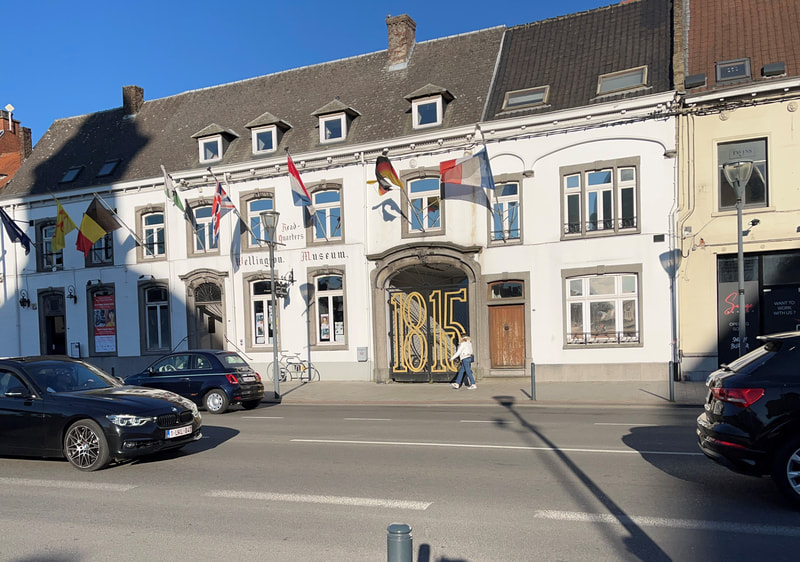


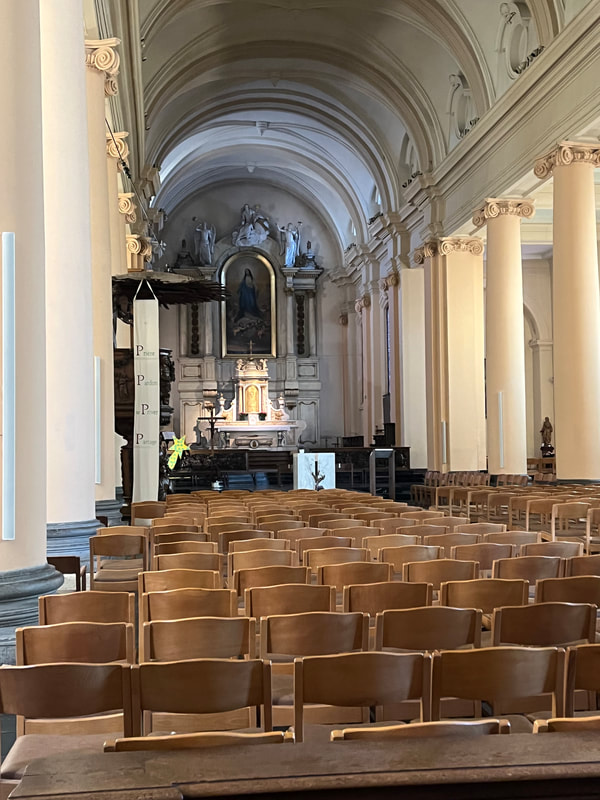


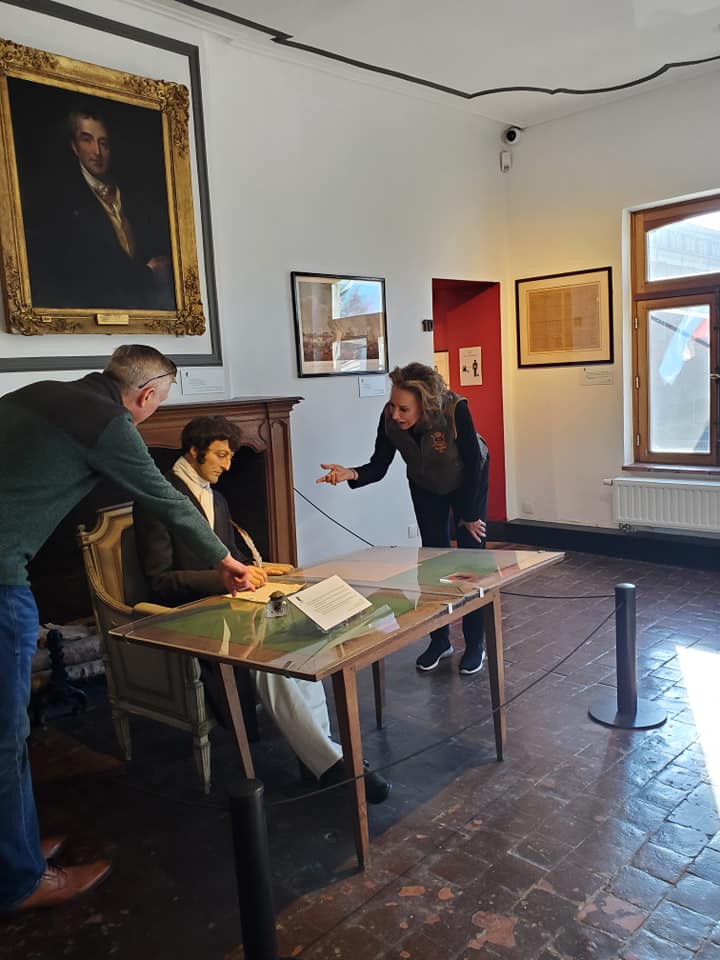
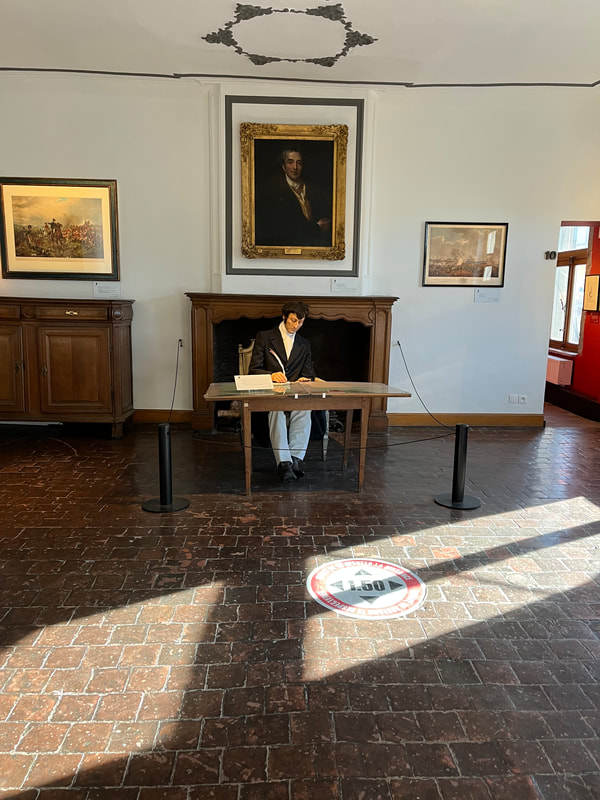
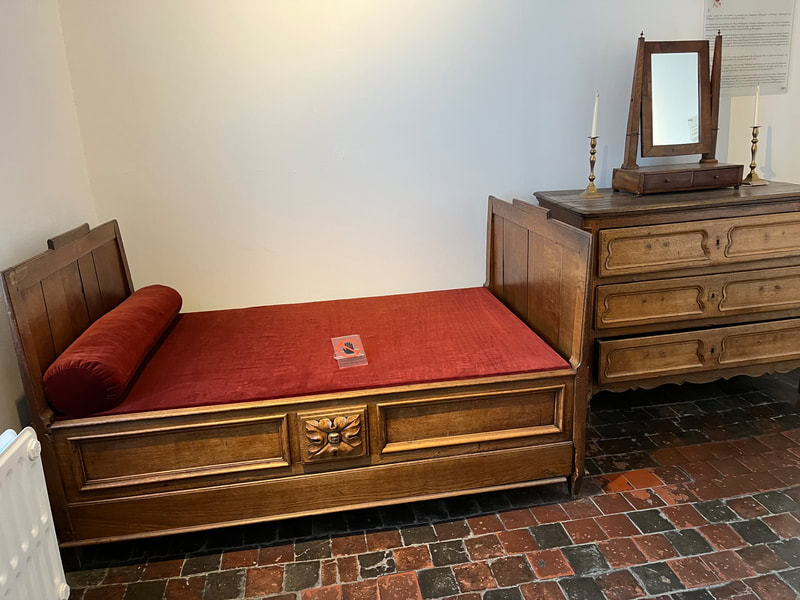
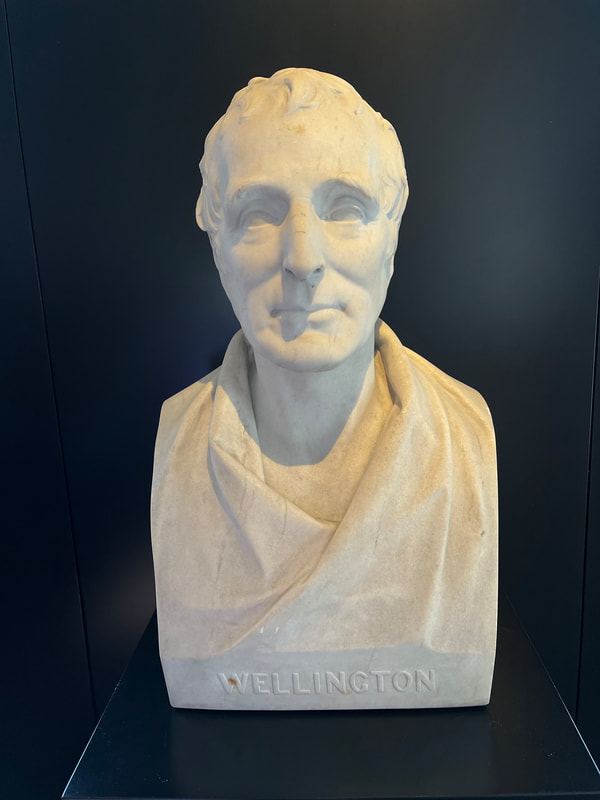



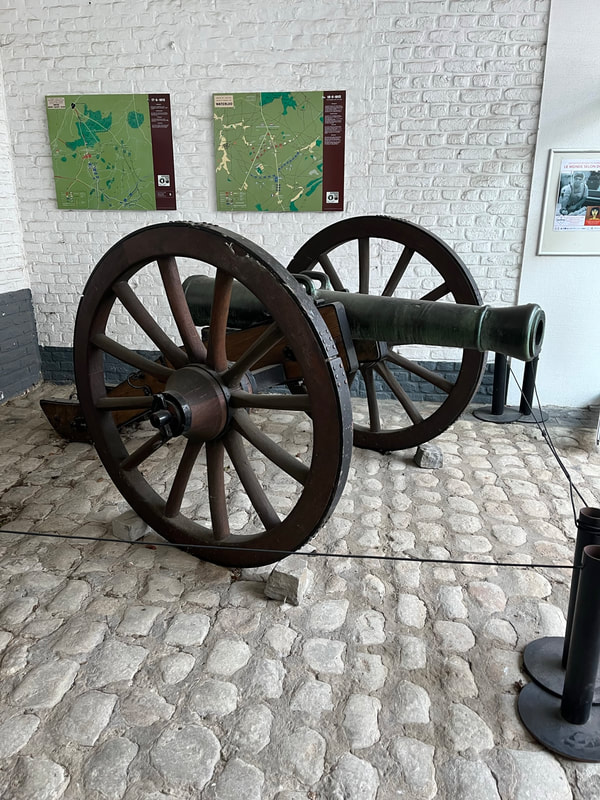
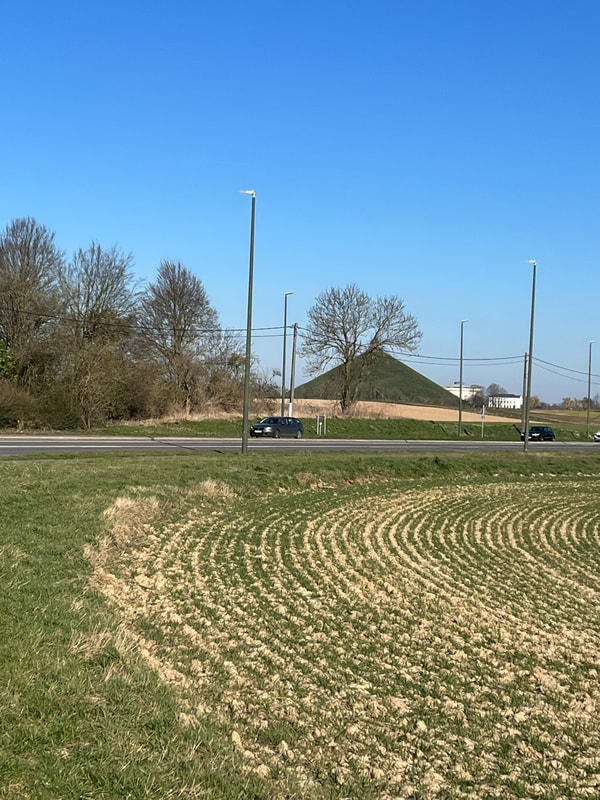
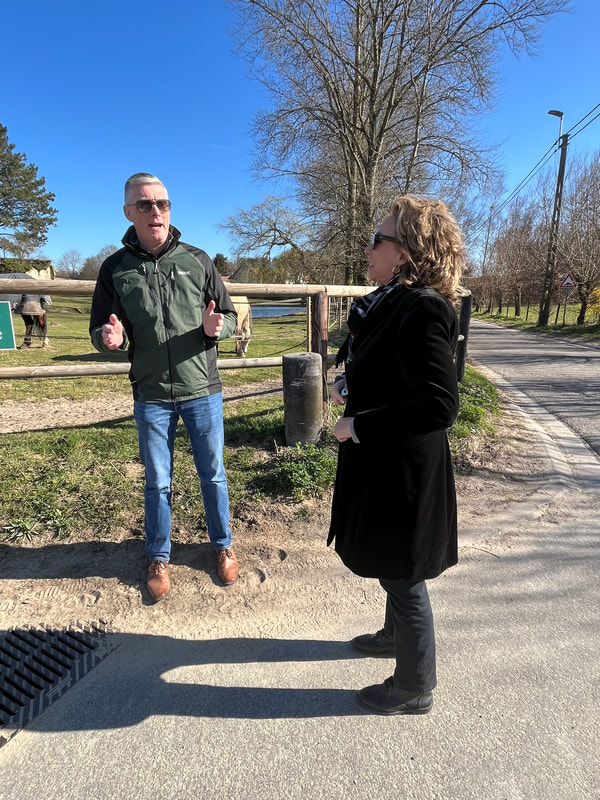
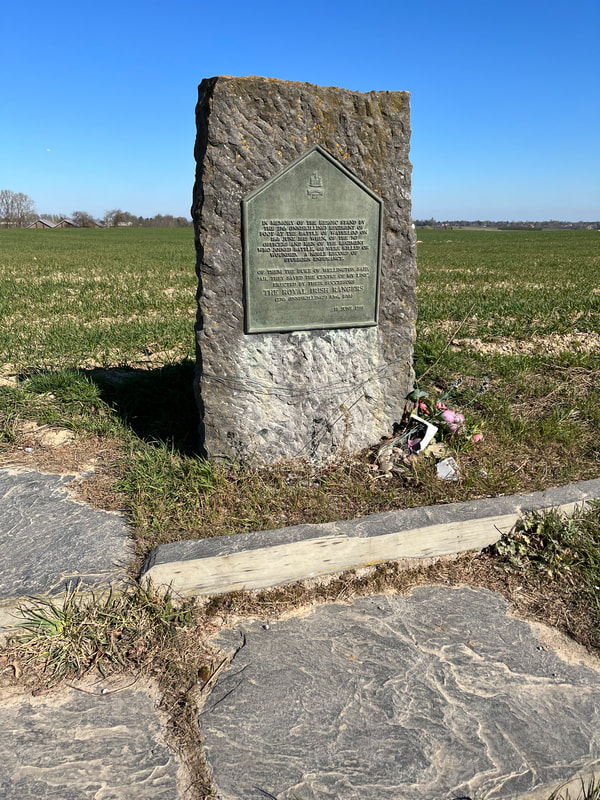
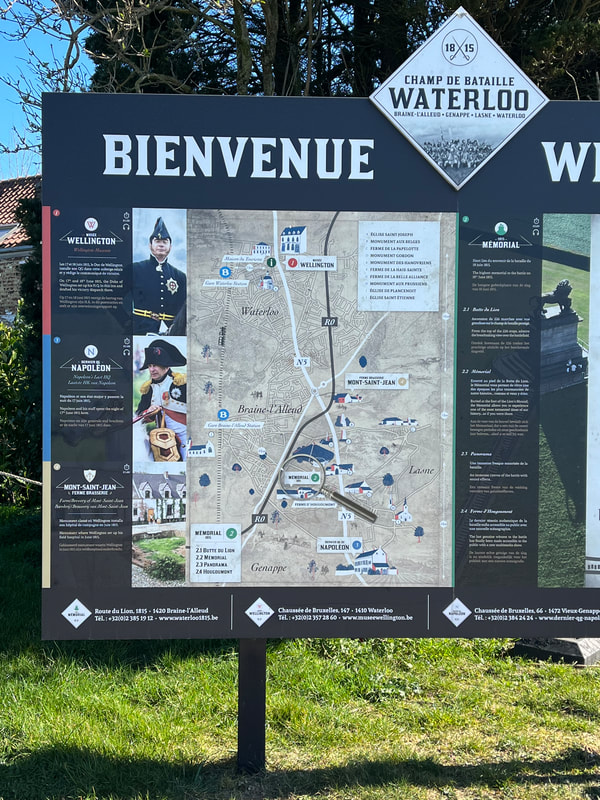
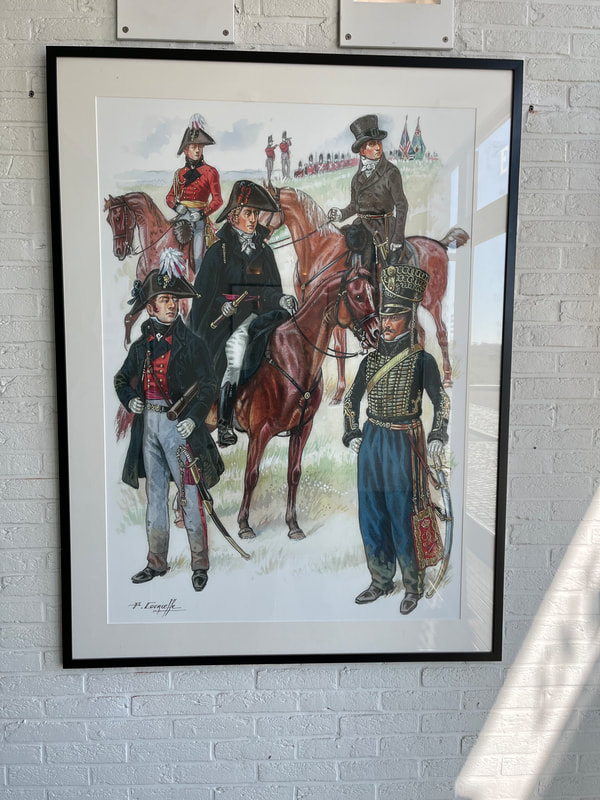
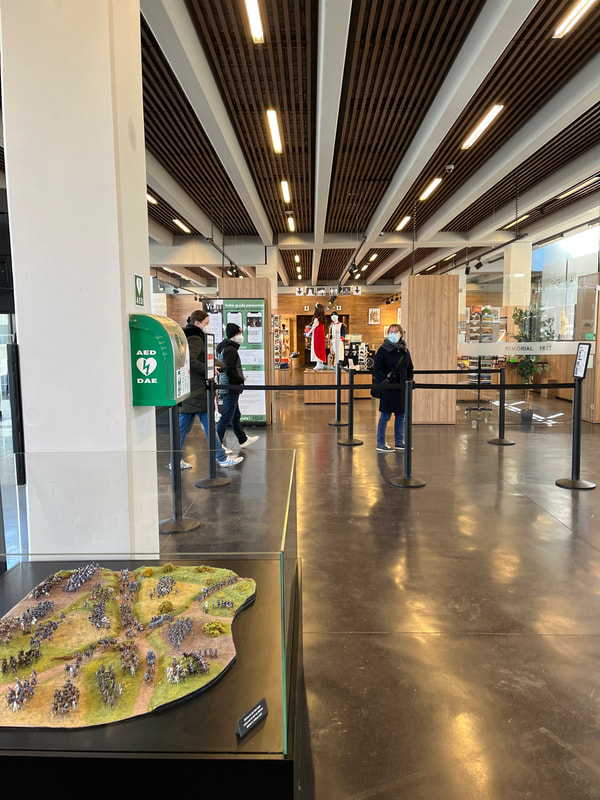



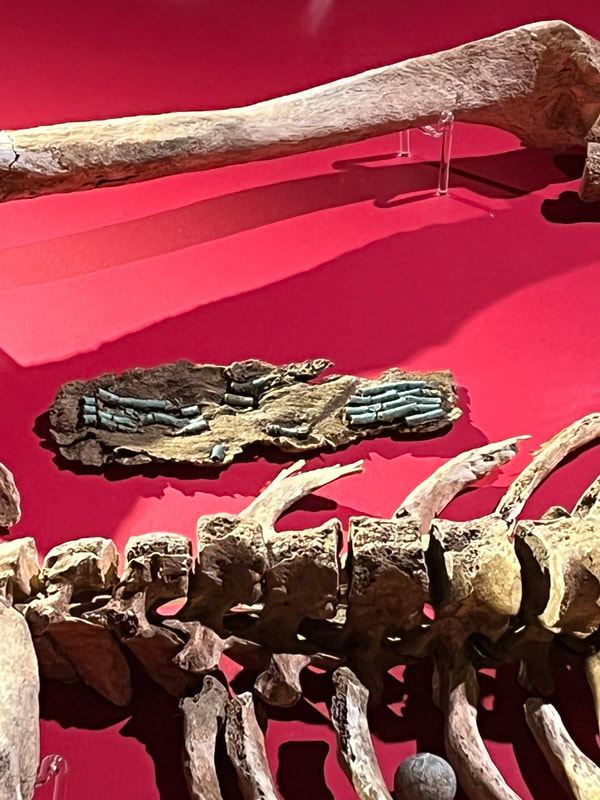
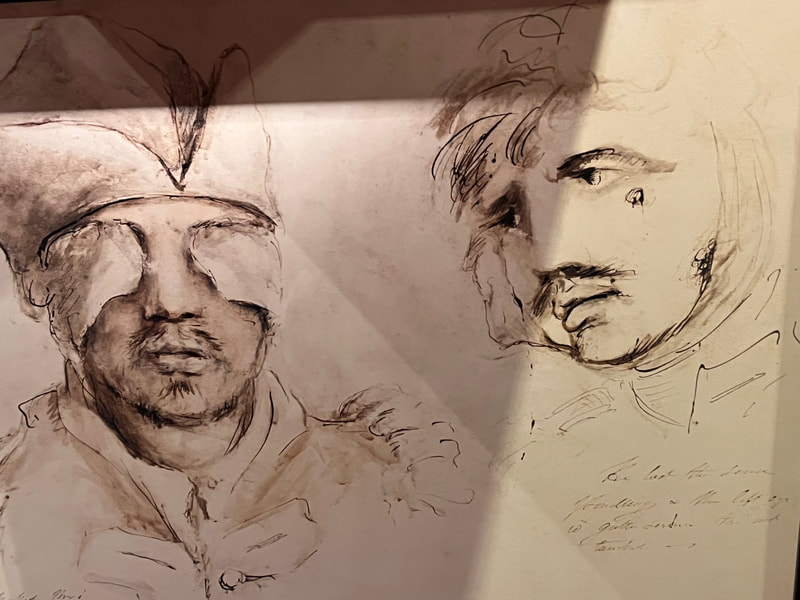
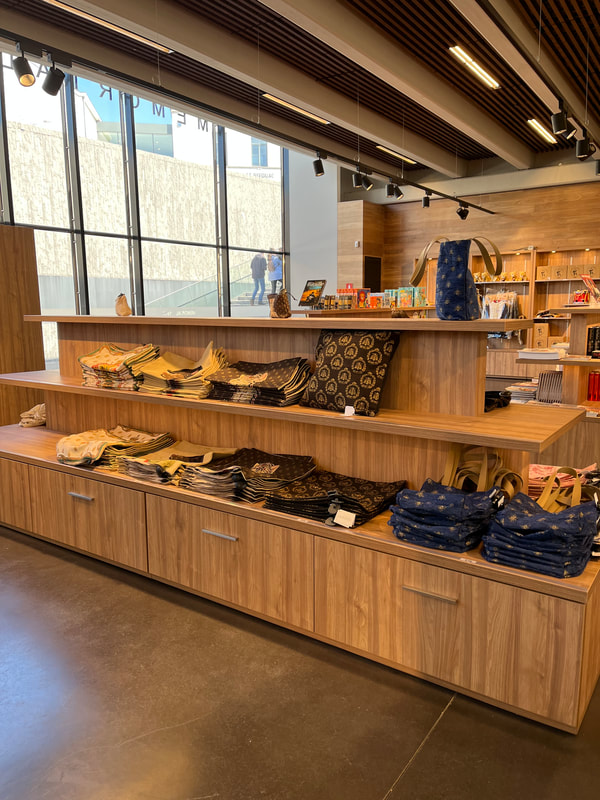
 RSS Feed
RSS Feed